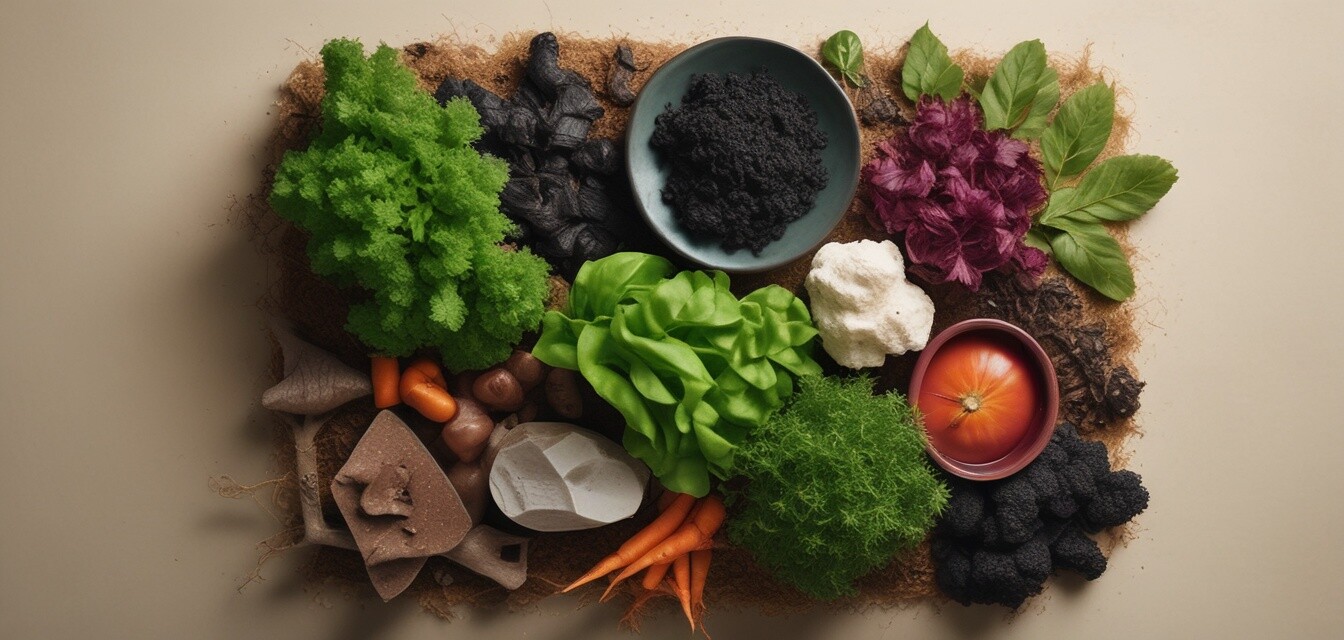
Making hydroponic fertilizer: A DIY approach
Key Takeaways
- You can create effective hydroponic fertilizer using organic materials.
- Homemade fertilizers can enhance plant growth, providing necessary nutrients.
- Making your own fertilizer promotes sustainability and reduces costs.
- Simple recipes can cater to various types of plants in hydroponic systems.
Hydroponic gardening is a fantastic way to grow plants without soil, and it offers numerous advantages over traditional gardening. However, the success of your hydroponic system largely depends on the nutrients you provide. In this article, we will guide you through the process of making your own hydroponic fertilizer using organic materials. This DIY approach not only promotes sustainability but also saves you money in the long run.
Why make your own hydroponic fertilizer?
Purchasing commercial fertilizers can be expensive, and they sometimes contain harmful chemicals that may not align with sustainable gardening principles. By making your own fertilizer, you can control the ingredients and ensure that they are beneficial for your plants. Here are a few benefits of DIY hydroponic fertilizer:
- Cost-effective solution for nutrient supply.
- Reduction of chemical dependencies.
- Customization based on specific plant needs.
Understanding plant nutrient requirements
Plants require three primary nutrients: nitrogen (N), phosphorus (P), and potassium (K). Additionally, they need secondary nutrients and micronutrients, such as calcium, magnesium, and iron, which are essential for growth and development. Understanding these requirements will help you create a balanced homemade fertilizer.
Main Components of a Hydroponic Fertilizer
| Nutrient | Role in Plant Growth | Organic Sources |
|---|---|---|
| Nitrogen (N) | Promotes leaf and stem growth | Compost, blood meal, alfalfa meal |
| Phosphorus (P) | Aids in root development and flowering | Bone meal, rock phosphate |
| Potassium (K) | Enhances overall plant health and disease resistance | Wood ash, potassium sulfate |
| Calcium (Ca) | Supports cell wall structure | Lime, gypsum |
| Magnesium (Mg) | Vital for chlorophyll production | Epsom salts, dolomite lime |
| Iron (Fe) | Needed for photosynthesis | Iron chelate, greensand |
Simple recipes for homemade hydroponic fertilizer
Below are a couple of easy recipes for making your own hydroponic fertilizer:
Recipe 1: Compost Tea
- Gather organic compost (preferably well-aged).
- Place compost in a burlap bag or fine mesh strainer.
- Soak the bag in a bucket of water for 24-48 hours.
- Remove the bag and dilute the resulting liquid with water (1:1 ratio).
- Use the compost tea to water your plants or add it directly to your hydroponic system.
Recipe 2: Seaweed Fertilizer
- Harvest fresh seaweed (if available) or buy dried kelp.
- Soak the seaweed in water for a week, stirring occasionally.
- Strain the liquid and dilute it with water (1:5 ratio).
- Apply the seaweed fertilizer to your plants for a nutrients boost.
Storing your homemade fertilizers
It’s essential to store your homemade fertilizers correctly to maintain their potency. Here are a few tips:
- Store in a cool, dark place to prevent degradation.
- Use airtight containers to keep out moisture and air.
- Label each container with contents and date for easy identification.
Tips for using homemade fertilizers effectively
Beginner's Tips
- Start with small batches to test effectiveness on your plants.
- Monitor plant growth and adjust fertilizer concentrations as needed.
- Consider combining different organic sources for a more balanced nutrient profile.
Conclusion
Making your own hydroponic fertilizer is an excellent way to ensure your plants receive the nutrients they need while promoting sustainability and saving money. With a little creativity and understanding of plant nutrition, you can develop effective fertilizers tailored to your specific hydroponic gardening needs. For more information on hydroponic gardening, check out our other resources on nutrient solutions and monitoring systems to enhance your gardening journey.
Pros
- Cost-effective fertilizer solution.
- Control over the quality of ingredients.
- Environmentally friendly approach.
Cons
- Requires experimentation to find the right balance.
- Homemade fertilizers may vary in nutrient composition.

